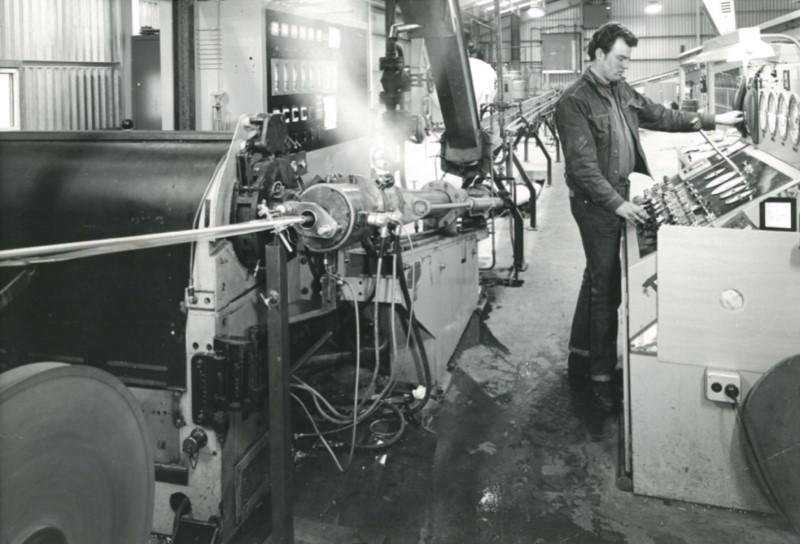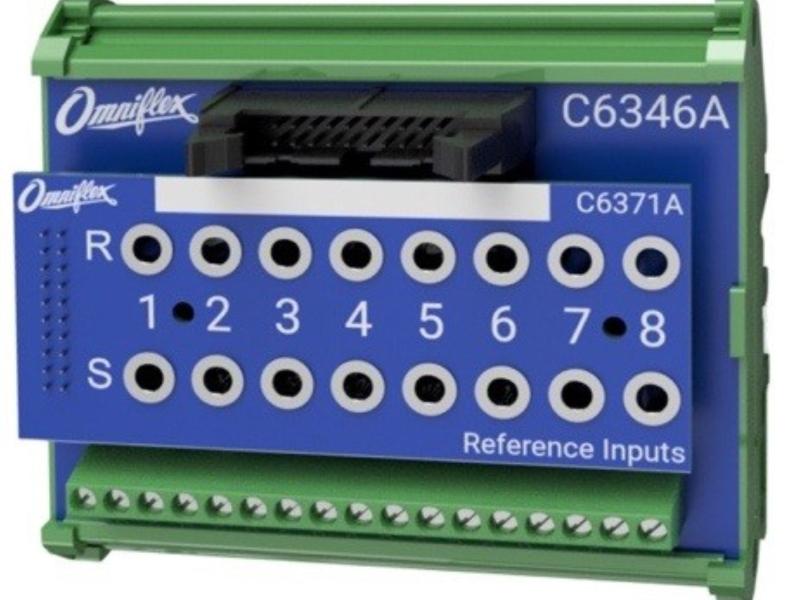In the 1960s when the first XLPE insulated MV cables were installed, industry expected them to perform reliably for 20-30 years.
However, history shows that the service life of some of these early cables failed after only 10-15 years due to defects from voltage stress, moisture and other imperfections within the cable structure. It has been estimated that for every dollar that utilities spent installing cable, they have had to spend at least $10 to replace it, with some still dealing with this today.
Since 1967, Nexans, now the largest power cable manufacturer in New Zealand, has been known as an innovative pioneer for designing and manufacturing quality MV cables with a life expectancy of over 50 years.
Nexans (then known as CANZAC cables) was the first in the Southern Hemisphere to produce crosslinked polyethylene (XLPE) cable using its medium voltage steam line. Since then the company has continued to introduce further developments of this material through new resources and experience, aiming to reduce tree growth and enhance long-life performance in high-stress cable designs.
In 1973, CANZAC cables was again one of the first in the Southern Hemisphere to introduce extruded semi-conductive screens to replace the taped version, maintaining a uniformly electric field to improve performance. By 1990, the company (then known as Olex Cables) had upgraded from steam to a dry-cured triple extrusion process and introduced tree-retardant cross-linked polyethylene (TR-XLPE) to New Zealand.
An X-ray 8000 dimensional controller was installed to the MV line in 1998.This device scans through the three layers of polymer, in-line, to accurately measure consistency in layer thickness. Collaborating with its compound suppliers, Olex Cables works to improve TR-XLPE to reduce tree-growth even further.
In 2005 Olex Cables went into full production of the second-generation TR-XLPE and a new advanced high-tech X-ray device was installed. In November 2006 French company, Nexans, bought Olex and in 2011 trials for the next generation of TR-XLPE began, achieving in full production in 2017.






